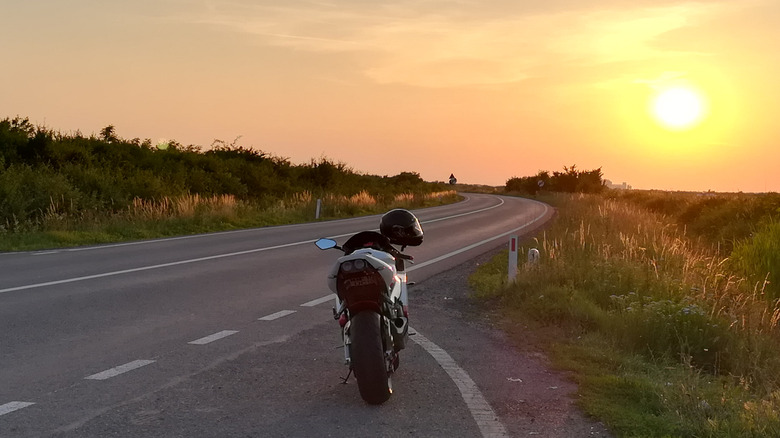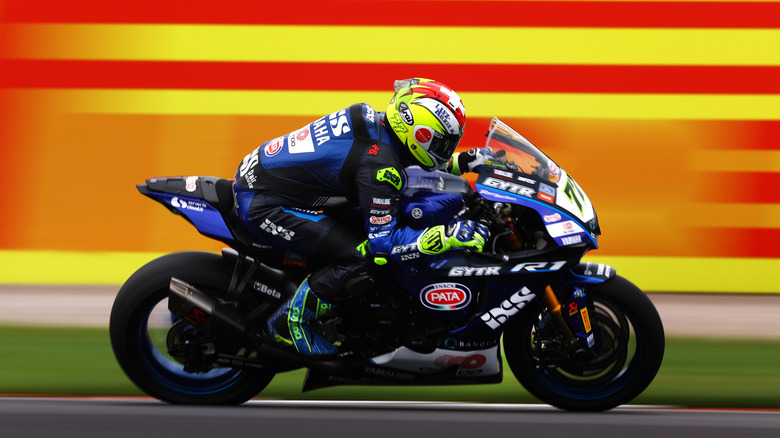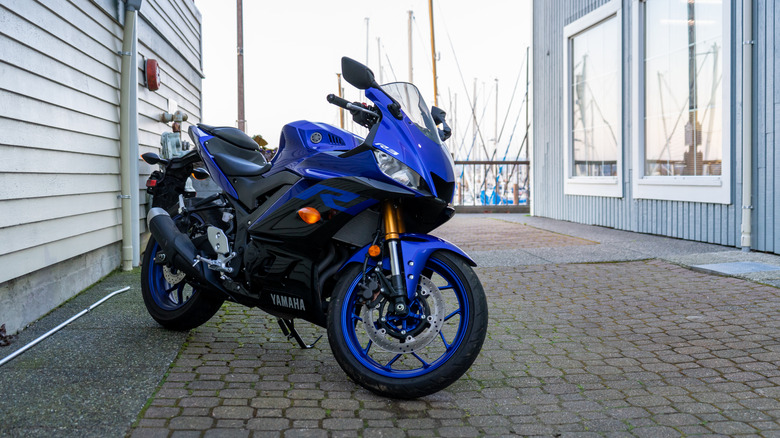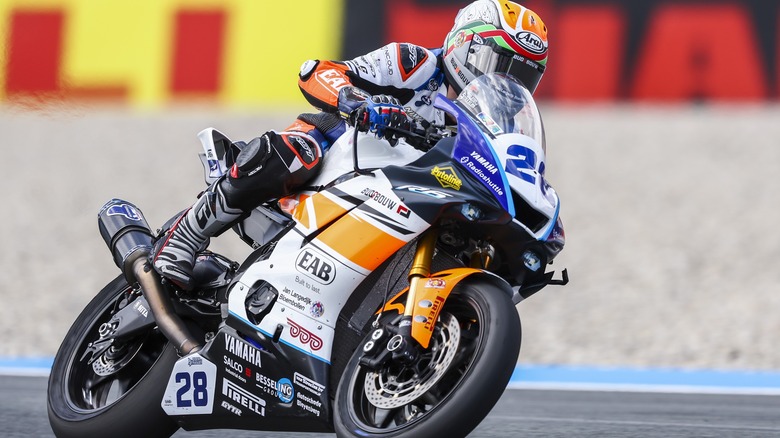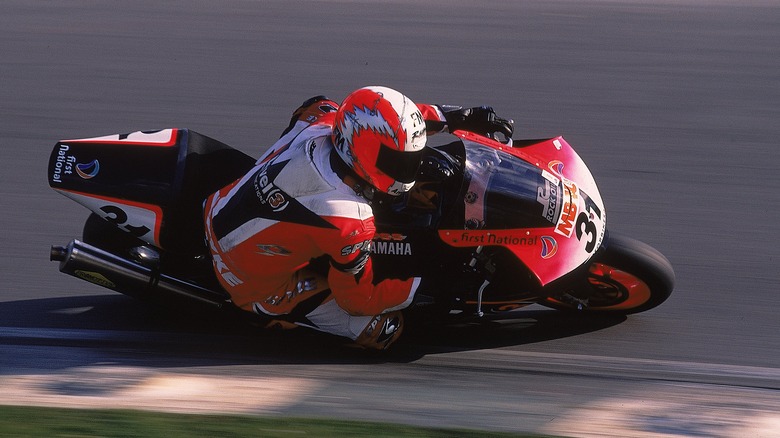Yamaha R1, R3, R6, And R7 Motorcycles: What Are The Big Differences
The Yamaha R-Series began during a time when big, powerful bikes were popular. These motorcycles attract all kinds of riders. Some are just starting out, and others have a lot of experience. Each bike in the series offers something different, suiting alternative riding styles and needs. Over the years, each model has added something new and exciting to the R-Series.
It's important to know how the R1, R3, R6, and R7 are different, as each bike in the series is made for a specific purpose. Some are built to be super fast, others are easier to handle, and some are good for both racing and regular riding. These differences aren't just about how big the engine is or what the bike looks like. They also include how the bike performs and what added technology it has.
In this article, we'll compare these four Yamaha motorcycles closely and look at what makes each one special. Whether you've been riding bikes for years or are just starting to get interested, you'll find out which Yamaha R-Series bike might be the best for you.
The Yamaha R1 is for expert riders
The first thing you have to know about the R1 is that it's the star of Yamaha's R-Series bikes. At the heart of the R1 lies a 998cc liquid-cooled, 16-valve, inline-four engine with a powerful 197 horsepower and 83 lb-ft of torque. This powerhouse makes it the most potent model in the R-Series, overshadowing the more modest engines of the R3, R6, and R7. The R1's super sporty design reflects this, too. The 2020 model saw subtle tweaks for improved aerodynamics, making it even sportier in appearance compared to the other R-Series bikes.
The bike offers great steering and rear tire feel thanks to the KYB forks and shocks. However, it's worth noting that, according to some reviews, the high-end components contribute to a ride quality that can be choppy and demanding, particularly on uneven road surfaces, making it less forgiving than its less track-focused siblings.
Yes, the R1 is expensive at $18,400 for the 2024 version. But you're paying for the top performance and features in the R-Series. Keep in mind that the R1 is for serious riders. It's fast and needs someone who knows how to handle it. The R1 isn't the most comfortable for long rides, either. It has a tall seat, and you have to lean forward a lot, so it's not as comfy as the R3 or R7.
The Yamaha R3 is great for beginners
The Yamaha R3 is a great bike for beginners or those who like easy rides. It's not as big or expensive as the other R-Series bikes, and it's certainly not one of the fastest motorcycles Yamaha has ever built, but it's still a good choice.
The R3 has a 321cc parallel-twin engine, smaller than the R6 and R7 but still strong enough for new riders. It delivers a friendly 41.4 bhp. In contrast, the R6 and R1 both have significantly more power. The R3's engine is ideal for city riding and cruising, offering enough zip to stay ahead of urban traffic and the joy of linear power delivery. Sticking with the beginner bike theme, the R3's handling is nimble and agile, owing to its lightweight chassis and updated suspension.
Looks-wise, there's no day and night difference between the bikes. However, the R3 does have a sleek design and nice forks that make it look more expensive. The R3 also keeps things simple on the tech front and has a clear LCD screen for all the important info. It doesn't have fancy tech like the R6 or R7, but that's okay for many riders. Yamaha made sure the R3 was comfy. It's easier to sit on for longer trips than the sportier R6 or R7. R3 owners also report that the bike is relatively easy to take care of. It's reliable and doesn't need much work. The R3 is more affordable, too, and it offers a lot for its $5,500 price tag.
The Yamaha R6 is quick and nimble
The Yamaha R6 is unique in this lineup of bikes in that it's the only one that Yamaha discontinued. The reason why Yamaha discontinued one of its most legendary sports bikes ultimately boiled down to EU regulations. Nevertheless, the bike remains a benchmark in the R-series. The R6 falls between the R1 and R3 in terms of performance with a 599cc liquid-cooled, inline-four engine known for its high-revving character. The older R6s had 133 horsepower, but the newer ones (before they were discontinued in 2020) have a bit less — around 116 horsepower.
The R6 is actually pretty well known for how well it handles, especially on twisty roads or tracks. Its aluminum frame and refined suspension, borrowed from the R1, make it a cornering wizard. This sharp handling sets it apart from the more street-oriented R3 and the balanced nature of the R7. The R6 comes with some of the usual sport bike tech like traction control, ABS, and a quickshifter, since the goal of this bike is more speed than comfort. That being said, the R6's tech sits in the happy middle of the more advanced R1 and the R7.
Of course, with all this, the R6 won't come as cheap as the R3 did. It's a high-end bike in the 600cc class. But remember that you're buying a second-hand bike. You can find the R6 on sites like Cycle Trader, running anywhere between $7,000 and $13,000
The Yamaha R7 is the perfect balance
Finally, we've arrived at the Yamaha R7 — a cool mix of its R-Series family introduced in 2022. Think of it like a middle child: not too scary or serious like the R1, and not just for beginners like the R3. It's got its own thing going on.
Let's talk engine. The R7's got a 689cc parallel-twin, producing 72 bhp. It's just right for people who want more oomph than the R3 but don't need the crazy power of the R1 or R6. Handling and ride quality are where the R7 really shines. Its chassis, borrowed from the MT-07 but fine-tuned for sportier performance, feels more relaxed than the super sporty R1 but is more thrilling than the easygoing R3. It's perfect for both city streets and some fun on the racetrack.
Looks-wise, the R7 has some of that Yamaha racing vibe but in a cooler, less intense way. The bike obviously draws inspiration from Yamaha's MotoGP bikes, but it stands out with its M-shaped central air scoop and slim bodywork. Even when it comes to tech features, it's not overloaded with gadgets like the R1, keeping things simpler. Comfort is key on the R7. It's sporty but not too tough on your body. You can ride it longer without getting uncomfortable, which is great. The price may be the biggest win for the R7, though, coming in at $9,200 for the 2024 version.
